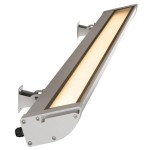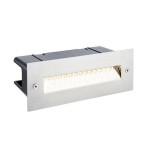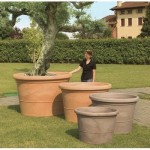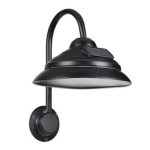How to Protect Wood Furniture for Outdoor Use
Outdoor furniture provides a welcoming ambiance to any backyard or patio. However, the elements can take a toll on wood furniture, causing it to fade, crack, and deteriorate over time. Proper protection is crucial to ensure your outdoor furniture remains beautiful and functional for years to come. This article provides a comprehensive guide on how to protect wood furniture for outdoor use, covering essential steps and protective measures.
1. Choosing the Right Wood
The type of wood you choose significantly impacts its durability and resistance to outdoor elements. Some woods are naturally more resilient than others. Teak, cedar, and redwood are known for their resistance to decay, rot, and insect infestation. These woods contain natural oils that repel moisture and protect against weathering. However, they can be expensive. For more budget-friendly options, consider pressure-treated pine or hardwoods like oak and mahogany, which, while not as naturally durable as teak, can be treated to enhance their longevity.
When selecting wood, consider its intended use. For example, a heavy-duty outdoor table might require a more robust wood like teak, while a light-weight chair may be suitable with pressure-treated pine. Research the characteristics of different wood types to make an informed decision based on your needs and budget.
2. Applying Protective Finishes
Protective finishes create a barrier between the wood and the elements, preventing moisture absorption, UV damage, and weathering. There are various finishes available, each offering specific benefits. Here's a breakdown of common options:
Oil-based finishes: These provide a durable, water-resistant finish known for enhancing the wood's natural grain. Examples include linseed oil, tung oil, and teak oil. They require regular application, but offer excellent protection. Water-based finishes: These dry quickly, are less odorous, and are environmentally friendly. They are also available in a range of finishes, from clear coats to stains. Polyurethane finishes: These create a tough, durable, and highly water-resistant barrier. They are available in both oil-based and water-based formulations, providing excellent protection against UV damage and weathering.
When choosing a finish, consider factors like the type of wood, the desired level of protection, and personal preferences. Research and consult with experts to determine the best finish for your specific needs.
3. Regular Maintenance and Cleaning
Regular maintenance and cleaning are crucial to prolonging the life of your outdoor furniture. Here are some essential steps:
Cleaning: Dirt, debris, and mildew buildup can damage the finish and accelerate weathering. Regularly clean the furniture using a mild soap solution and soft brush. For stubborn stains, consider using a wood cleaner. Inspection: Periodically inspect the furniture for signs of damage, such as cracks, peeling paint, or loose joints. Address any issues promptly to prevent further deterioration. Re-finishing: Re-apply the protective finish every few years to maintain its effectiveness. This helps prevent fading, cracking, and weathering. Storage: During harsh weather conditions, consider storing the furniture indoors or covering it with a waterproof tarp. This protects it from rain, snow, and extreme temperatures.
Adhering to a regular maintenance schedule ensures your outdoor furniture stays in top condition, preserving its beauty and extending its lifespan.
4. Additional Protection Measures
Beyond basic maintenance, several additional measures can further protect your outdoor furniture:
Furniture Covers: Investing in high-quality furniture covers is a wise choice. These provide a protective barrier against rain, snow, sun, and dust. Choose covers made from durable materials like waterproof canvas or vinyl. Sun Protection: Prolonged exposure to UV rays can cause fading and cracking. Consider placing the furniture under a canopy, umbrella, or awning to shield it from the sun's harsh rays. Winterization: In colder climates, take extra precautions during winter. Cover the furniture with waterproof covers and consider storing it indoors if possible. Insect Control: Insects can damage wood furniture. Use insect repellent sprays to prevent infestations. Regularly inspect the furniture for any signs of insect activity.
These additional measures offer a comprehensive approach to protecting your outdoor wood furniture from the elements and ensuring its longevity.

How To Protect Outdoor Wood Furniture Osmo

How To Re And Protect Outdoor Wood Furniture Love Grows Wild

How To Protect And Care For Outdoor Wood Furniture Timber Table

How To Protect Outdoor Wood Furniture

5 Ways To Protect Outdoor Wood Furniture Rismedia

How To Seal Wooden Furniture When You Move It Outdoors

How To Protect Outdoor Wood Furniture Osmo

Outdoor Wood Furniture Protection Do It Best

How To Protect Your Outdoor Furniture Living Spaces

How To Seal Wooden Furniture When You Move It Outdoors
Related Posts







